7 books that will help you understand coronavirus
These page-turning accounts of past epidemics read like blueprints for what we're experiencing now


Cases of coronavirus are surging stateside, but there is still so much we don't — and can't — know about the outbreak yet. How long will it last? Will we develop a vaccine? How many people are going to get sick — and how many will die?
While there are no simple answers, history provides plenty of blueprints for what we're experiencing now. Over the years, I've spent a lot of time reading such accounts, gripped by authors' murder mystery-like treatment of pandemics. In addition to being thrilling reads, though, such books also give us a chance to better understand what's unfolding now with COVID-19. Here are seven of my favorites.
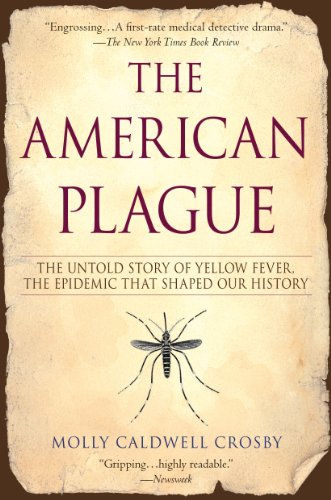
1. The American Plague: The Untold Story of Yellow Fever, The Epidemic That Shaped Our History, by Molly Caldwell Crosby
The Week
Escape your echo chamber. Get the facts behind the news, plus analysis from multiple perspectives.

Sign up for The Week's Free Newsletters
From our morning news briefing to a weekly Good News Newsletter, get the best of The Week delivered directly to your inbox.
From our morning news briefing to a weekly Good News Newsletter, get the best of The Week delivered directly to your inbox.
President Trump's much-criticized response to the coronavirus outbreak has parallels with another president and another epidemic — Rutherford B. Hayes, and the yellow fever of 1878. As the disease, borne by mosquitos from Africa, bloomed in Memphis, killing thousands, city officials begged the White House for help. Rutherford waved away the concern: "I suspect the Memphis sorrow is greatly exaggerated by the panic-stricken people," he wrote in reply. Soon, some 20,000 people in the Mississippi Valley were dead, surpassing "the Chicago fire, San Francisco earthquake, and Johnstown flood combined." By the end of the year, nearly a third of Memphis, some 5,000 people, had lost their lives to the disease. While yellow fever is still around, it might feel like something that belongs to a distant place and time — but American Plague, as much as it is a check on leaders' hubris, is also a reminder that in an increasingly interconnected world, an isolated outbreak soon becomes everybody's problem.
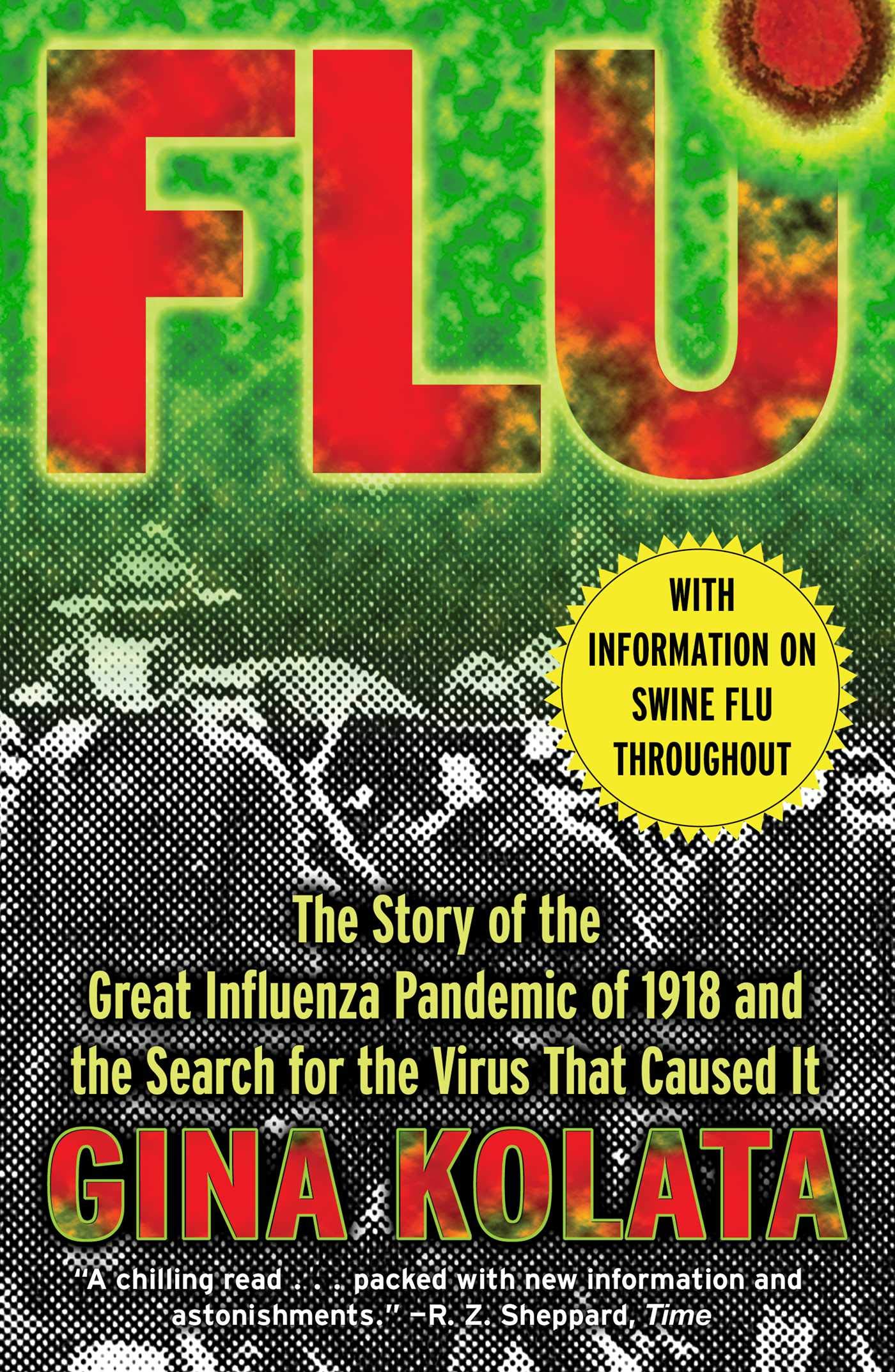
2. Flu: The Story Of The Great Influenza Pandemic of 1918 and the Search for the Virus that Caused It, by Gina Kolata
Flu is one of my favorite books, an immensely digestible account of the 1918 influenza epidemic that, by some estimates, killed as many as 50 million people worldwide, "equivalent in proportion to 200 million in today's global population." Like this year's outbreak, the 1918 flu was a novel coronavirus, but New York Times reporter Gina Kolata's 2001 investigation reads more like a whodunit than a science book. "This is a detective story," explains the opening chapter's epigraph from molecular pathologist Jeffery Taubenberger. "Here was a mass murderer that was around 80 years ago and who's never been brought to justice. And what we're trying to do is find the murderer." What's especially worrying is that the modern coronavirus in many ways already seems to resemble the 1918 flu, with its mortality rate estimated to be about 2 percent, roughly the same as its devastating precursor. In Flu, you'll learn what it really means when the New England Journal of Medicine asks, "Are we seeing a replay of 1918?"
3. How to Survive a Plague: The Story of How Activists and Scientists Tamed AIDS, by David France
A free daily email with the biggest news stories of the day – and the best features from TheWeek.com
"Rare Cancer Seen in 41 Homosexuals," read the headline in The New York Times in 1981, the first reported news of the disease that would later take on the name of AIDS. How to Survive a Plague, based on the Oscar-nominated documentary of the same name, is an essential reminder that coronavirus is not the first major outbreak of a novel disease in America in most of our lifetimes. But the tragic apathy and homophobia that greeted that first crisis cannot be forgotten; David France describes in his book how it took a group of courageous activists and doctors to rise up and take matters into their own hands. "This courage didn't just end a plague," raved The New York Times in its review, published 35 years after its first shameful report. "[I]t revolutionized medicine and, in turn, became the indispensable moral force that led, as the plague abated, to the greatest civil rights revolution of our time."
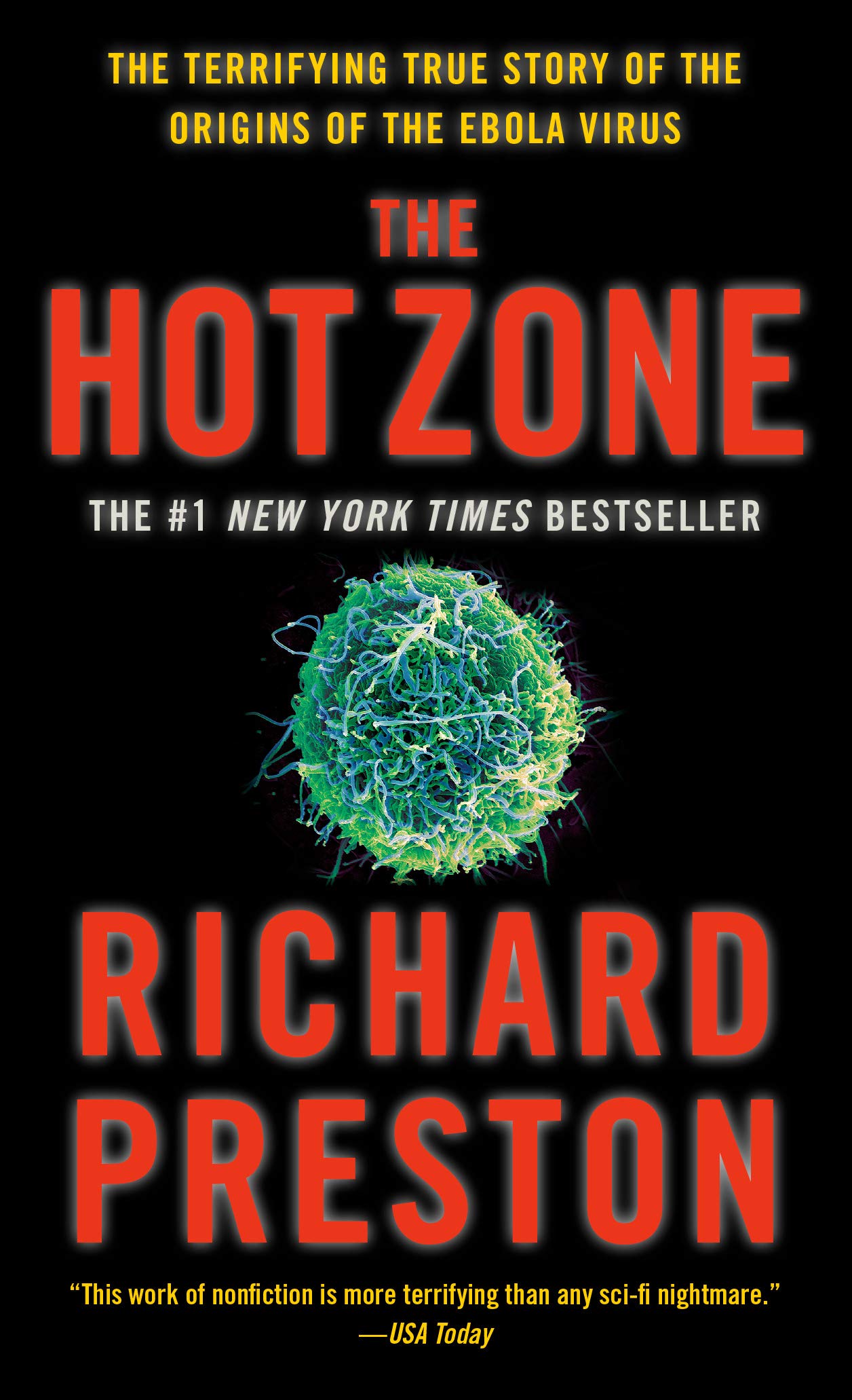
4. The Hot Zone: The Terrifying True Story of the Origins of the Ebola Virus, by Richard Preston
An oldie, but goodie. Published in 1994, The Hot Zone is a nonfiction thriller that chronicles the emergence of the Ebola virus, which, like COVID-19, was a highly contagious never-before-seen disease that decimated early infected populations. While the similarities between the diseases end there — Ebola is far deadlier than coronavirus, and can only be passed through bodily fluids — Preston's account intimately details the scramble of scientists during the early days of potential pandemics. What's more, the 2018 Kivu Ebola outbreak in the Democratic Republic of the Congo and Uganda was notably the last time before the current coronavirus outbreak that the World Health Organization had designated a Public Health Emergency of International Concern (PHEIC).
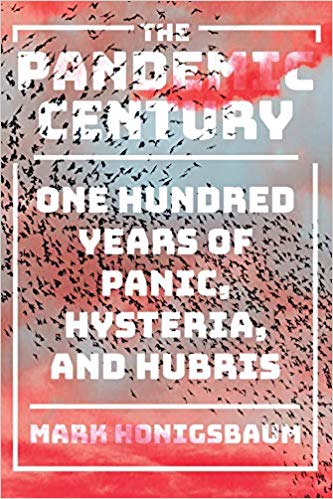
5. The Pandemic Century: One Hundred Years of Panic, Hysteria, and Hubris, by Mark Honigsbaum
For anyone looking for a crash course on a handful of different epidemics, Mark Honigsbaum's fascinating Pandemic Century is right for you. From forgotten diseases like Parrot Fever to cases relevant to today's coronavirus outbreak, such as SARS, Pandemic Century details a dozen different recent episodes in the history of contagious disease. The chilling conclusion is that so often these outbreaks are of our own making: "Time and again we assist microbes to occupy new ecological niches and spread to new places in ways that usually become apparent after the event," warns Honigsbaum in his book's epilogue. "And to judge by the recent run of pandemics and epidemics, the process seems to be speeding up." While his overarching thesis urges a calm and measured response to outbreaks rather than mass panic, that prediction was published in April 2019; if only he'd known how right he was.
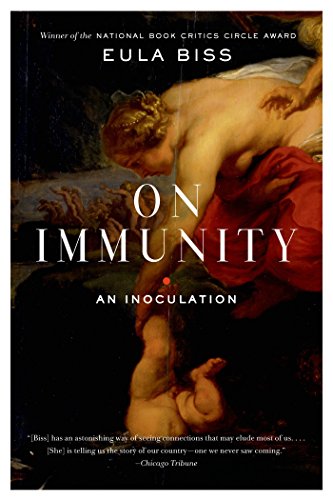
6. On Immunity: An Inoculation, by Eula Biss
If I could make everyone in the country read one book, my pick would be Eula Biss' On Immunity. In addition to its beautiful prose — Biss is one of our preeminent nonfiction writers — the book grapples honestly with the question of immunization through metaphor, personal experience, and scientific fact, stemming from the author's debate with herself and other mothers over the flu vaccine. "If we imagine the action of a vaccine not just in terms of how it affects a single body, but also in terms of how it affects the collective body of a community, it is fair to think of vaccination as a kind of banking of immunity," she explains. "Contributions to this bank are donations to those who cannot or will not be protected by their own immunity." Her musings are again topical as scientists search for a coronavirus vaccine, but also because it wouldn't do to forget that the seasonal flu is still a much more pressing and dangerous threat at this point than the highly-publicized new virus; the CDC estimates there have been between 18,000 and 46,000 flu deaths since October 1, 2019. In the words of her New York Times reviewer, "Biss reminds us that we owe each other our lives."
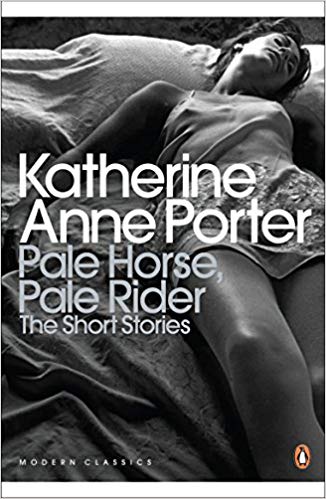
7. Pale Horse, Pale Rider, by Katherine Anne Porter
There are dozens of great novels about pandemic and disease, but none are quite as vivid as the novella Pale Horse, Pale Rider, which draws on author Katherine Anne Porter's experience nearly dying from the Spanish influenza in 1918. The story centers on Miranda, a newspaper woman in a relationship with a soldier, Adam, who is about to be shipped abroad when she falls ill with the fever. With the precision of someone who has lived it herself, Porter writes of the delirium of the sickness: "Pain returned, a terrible compelling pain running through her veins like heavy fire, the stench of corruption filled her nostrils, the sweetish sickening smell of rotting flesh and pus; she opened her eyes and saw pale light through a coarse white cloth over her face, knew that the smell of death was in her own body, and struggled to lift her hand." Pale Horse, Pale Rider haunts all these years later with its evocative first-hand account of suffering. "The story is one of the twentieth century's masterpieces of short fiction, but it is something in addition to that for the historian," explains Alfred W. Crosby in America's Forgotten Pandemic: The Influenza of 1918. "It is the most accurate depiction of American society in the fall of 1918 in literature ... It is also an evocation of the crushing depression that so often followed Spanish influenza."
Jeva Lange was the executive editor at TheWeek.com. She formerly served as The Week's deputy editor and culture critic. She is also a contributor to Screen Slate, and her writing has appeared in The New York Daily News, The Awl, Vice, and Gothamist, among other publications. Jeva lives in New York City. Follow her on Twitter.
-
 US citizens are carrying passports amid ICE fears
US citizens are carrying passports amid ICE fearsThe Explainer ‘You do what you have to do to avoid problems,’ one person told The Guardian
-
 All roads to Ukraine-Russia peace run through Donetsk
All roads to Ukraine-Russia peace run through DonetskIN THE SPOTLIGHT Volodymyr Zelenskyy is floating a major concession on one of the thorniest issues in the complex negotiations between Ukraine and Russia
-
 Why is Trump killing off clean energy?
Why is Trump killing off clean energy?Today's Big Question The president halts offshore wind farm construction
